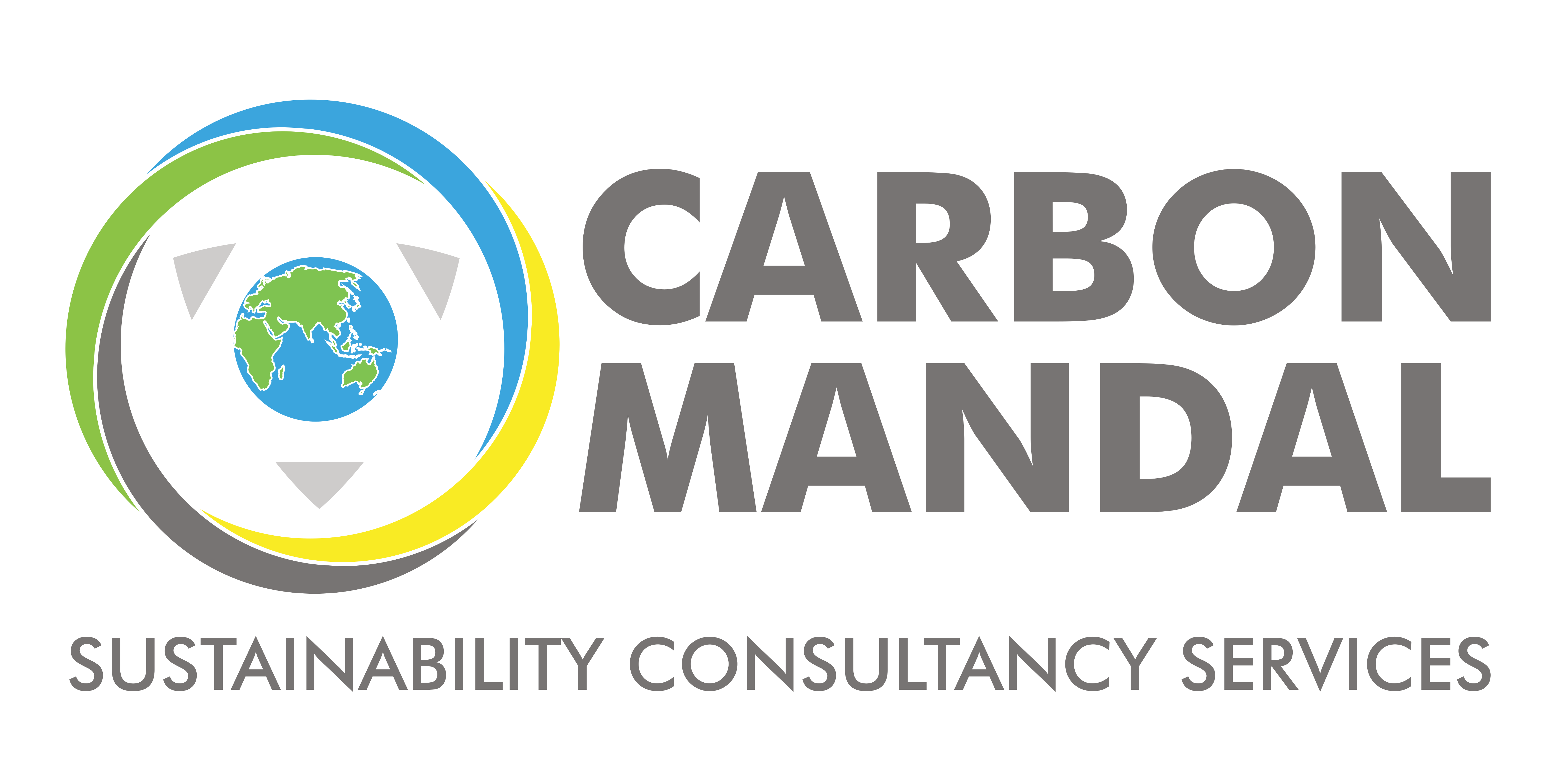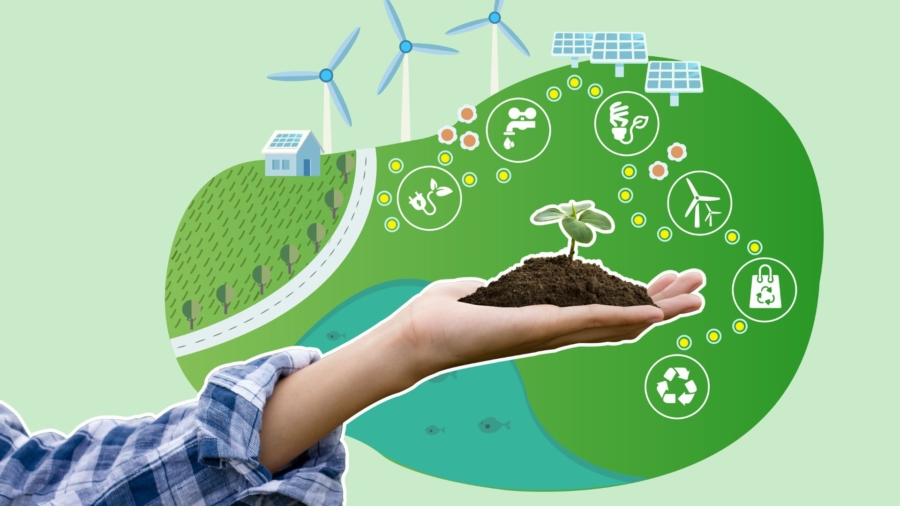Key Developments in India’s Renewable Energy Sector Over the Past Year
India, with a population of 1.4 billion and one of the fastest-growing economies, is rapidly emerging as a global leader in renewable energy. By 2023, its installed renewable capacity reached 176 GW, making it the fourth largest globally. Renewable electricity generation more than doubled from 2012 to 2023, signaling a strong shift toward clean energy. Despite still relying heavily on coal and oil, India is aggressively transitioning to renewables through policies subsidies, and incentives like production-linked incentives and tax credits.
Looking ahead, India plans to invest over $35 billion annually by 2030 to advance clean energy technologies, including hydrogen, energy storage, carbon capture, and sustainable aviation fuels. It aims to develop 47 GW/236 GWh of battery storage by 2031-32, 110 times its current capacity, and produce 5 MMT of clean hydrogen by 2030. The country also targets 30 MMT of carbon capture and 2 MMT of sustainable aviation fuels by 2030. While challenges remain in scaling these technologies, India’s ambitious energy transition is set to be a key player in the global shift to a low-carbon future. [1] [2]
Expansion of Solar Power Capacity
India’s energy landscape is rapidly transitioning, with solar and wind set to drive two-thirds of power generation growth by FY 2032, moving away from coal. The National Electricity Plan (NEP14) forecasts a 1,174 TWh rise in annual electricity generation between FY 2022 and FY 2032, with solar contributing 593 TWh and wind 189 TWh. Solar energy, in particular, is poised for accelerated growth, increasing from 5% of the power mix in FY 2022 to 25% by FY 2032.
Key initiatives like the National Solar Mission, Solar Park Scheme, and Grid-Connected Solar Rooftop Scheme are boosting India’s solar potential. The National Institute of Solar Energy (NISE) estimates that using just 3% of wasteland could generate 748 GW, helping India achieve 50% non-fossil fuel energy by 2030. With 100% FDI in solar and incentives like the Green Energy Open Access Rules 2022, India is positioned as a global solar leader, ranking 5th globally with 70.10 GW of solar PV capacity by June 2023. However, the intermittent nature of solar and wind energy necessitates increased storage capacity, with NEP14 targeting solutions like pumped hydro and battery storage to shift 15% of renewable generation to non-solar hours by FY 2032. As battery costs decline, solar with storage is set to become more cost-effective than coal. [3] [4]
Growth of Wind Energy Projects
India is the fourth-largest wind power producer globally, with an installed capacity of around 15,000 MW annually. Government support includes fiscal incentives like Accelerated Depreciation, customs duty exemptions, and a Generation-Based Incentive (GBI) Scheme. Other measures such as the Wind Renewable Purchase Obligation (RPO) trajectory until 2030, waiver of Inter-State Transmission System (ISTS) charges for projects commissioned by June 2025, and competitive tariff bidding aim to streamline procurement, boost private investment, and reduce costs. India’s wind energy potential is vast, with 695.5 GW at 120 meters and 1,163.9 GW at 150 meters, concentrated in states like Gujarat, Rajasthan, and Maharashtra.
On July 5, 2024, the Union Cabinet approved INR 7453 crore (~USD 0.89 billion) for offshore wind energy, including INR 6853 crore for 1 GW of capacity off Gujarat and Tamil Nadu and INR 600 crore for port upgrades. This initiative supports India’s 2030 target of 500 GW non-fossil fuel capacity and leverages its 70 GW offshore wind potential. The funding aims to advance technology, create jobs, attract investment, and complement India’s National Hydrogen Mission and decarbonization efforts. [5] [6]
Challenges in ensuring the adoption of renewable energy and Future Prospect
India’s electricity sector faces several challenges in its transition to renewable energy. The country is experiencing a surge in electricity demand and remains heavily reliant on coal, which accounts for 72% of total electricity generation. While political shifts have reduced the construction of new coal plants, solar and wind energy’s intermittent nature creates the need for reliable storage solutions. However, the high cost of storage technologies and the lack of sufficient grid infrastructure to handle renewable energy and storage create barriers. Although the government has introduced initiatives like the ‘Round-the-Clock’ tender to integrate renewable energy with storage, delays in implementation are slowing progress. Additionally, economic barriers, knowledge gaps, and the need for stronger policy frameworks complicate adopting decentralized storage solutions. Overcoming these challenges will require technological innovation, enhanced policies, and capacity building among key stakeholders. [7]
Conclusion
India’s renewable energy sector is growing rapidly, driven by rising energy demand and the need to reduce reliance on fossil fuels. With energy requirements expected to grow at 5.6-6.4% annually, renewable energy is seen as a key solution. India ranks globally in wind, solar PV, and biogas, with 13.2 GW of renewable capacity, accounting for 8% of total electricity. The transition to renewables brings economic and social benefits, including rural electrification, job creation, and local industry growth through solar, wind, and biomass projects.
Favorable government policies make India the third most attractive country for renewable energy investment. With increasing collaborations in hydrogen fuel technology and growing educational opportunities in renewables, India is well-positioned to achieve a sustainable and energy-secure future by leveraging its renewable resources and supporting innovation. [8] [9] [10]
List of References
- Jaganmohan, M. (no date) Topic: Renewable energy in India, Statista. Available at: https://www.statista.com/topics/9608/renewable-energy-in-india/#topicOverview
(Accessed: 22 December 2024). - How India is emerging as an advanced energy superpower (no date) World Economic Forum. Available at: https://www.weforum.org/stories/2024/05/india-emerging-advancedenergy-superpower/ (Accessed: 22 December 2024).
- Lolla, A. (2024) Solar adoption in India entering ‘accelerating growth’ phase, Ember. Available at: https://ember-energy.org/latest-insights/india-solar-uptake/ (Accessed: 22 December 2024).
- Solar overview: Ministry of new and renewable energy: India (no date) MINISTRY OF NEW AND RENEWABLE ENERGY | India. Available at: https://mnre.gov.in/en/solaroverview/ (Accessed: 22 December 2024).
- Wind overview: Ministry of new and renewable energy: India (no date) MINISTRY OF NEW AND RENEWABLE ENERGY | India. Available at: https://mnre.gov.in/en/windoverview/ (Accessed: 22 December 2024).
- Alex (2024) India sets course for new era of wind energy with viability gap funding approval for Offshore Wind, Global Wind Energy Council. Available at: https://gwec.net/india-sets-course-for-new-era-of-wind-energy-with-viability-gap-fundingapproval-for-offshore-wind/ (Accessed: 22 December 2024).
- Energy Storage for Renewable Energy Integration in India. Available at: https://www.giz.de/en/downloads/giz2024-en-energy-storage-for-renewable-energyintegration-in-india.pdf (Accessed: 22 December 2024).
- Future prospects for renewable energy in India (2022) ICRIER. Available at: https://icrier.org/publications/future-prospects-for-renewable-energy-in-india/ (Accessed: 22 December 2024).
- Evolving energy landscape in India – deloitte insights (2024) Deloitte India. Available at:
https://www2.deloitte.com/in/en/pages/energy-and-resources/articles/the-evolvingenergy-landscape-in-india.html (Accessed: 22 December 2024). - Global Renewable Energy Trends (2019) Deloitte India. Available at: https://www2.deloitte.com/in/en/pages/public-sector/articles/energy-trends-global.html (Accessed: 22 December 2024).

